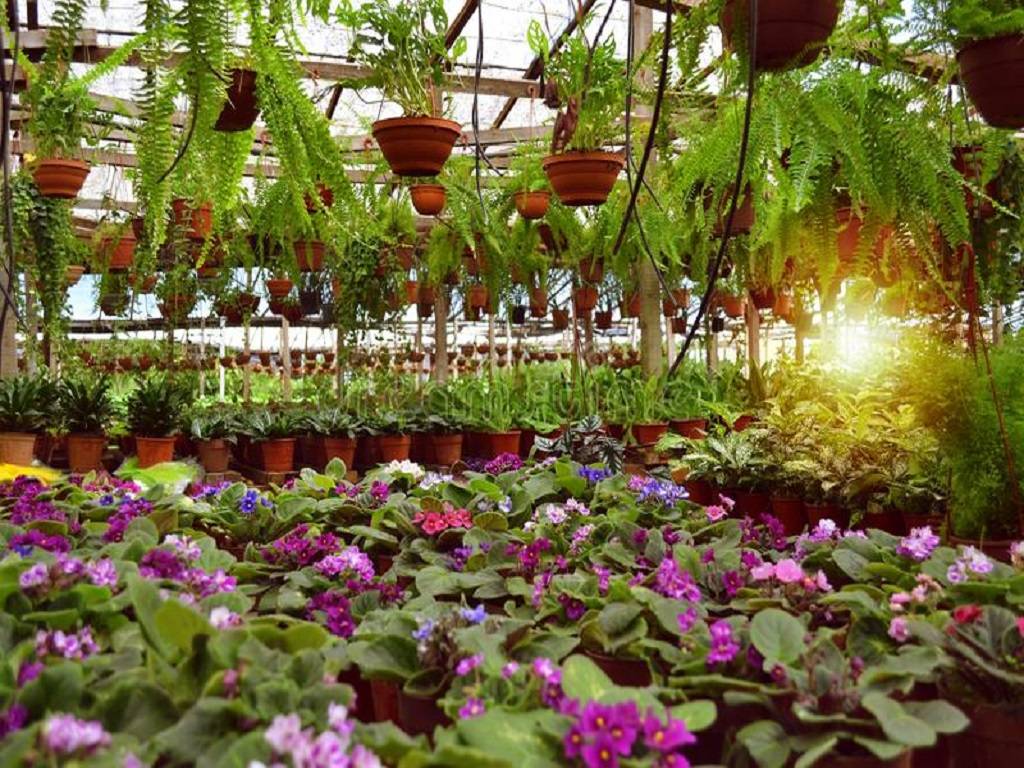
The Covid outbreak, which lasted two years and resulted in limitations, had a negative impact on flower cultivation in Himachal Pradesh. In the last five years, the area under floriculture has decreased by 47 percent.
In 2015-16, flowers were grown on 710 hectares, but that number has already dropped to 373 hectares. Flowers grew on 705.77 hectares in 2018-19 before the outbreak. Due to the outbreak, cut-flower growers in six districts of Sirmaur, Chamba, Mandi, Kangra, Solan, and Shimla have sustained significant losses and have begun to diversify into vegetable cultivation.
Significant Losses in Flower business
"Flower growing is no longer economical," said Ram Gopal Thakur, head of the Flower and Vegetable Growers' Cooperative Society, a cut-flower grower. Ram Gopal, who has been growing flowers for the past six years, has now switched to growing bell peppers. "I used to produce flowers, especially lilies, on 3,000 square meters of land, but this year I'm only cultivating them on 1,000." "On the remaining acreage, I've grown bell peppers," he added. In the wholesale market, a lily stick costs between Rs 30 and Rs 60, whereas in the retail sector, it costs between Rs100 and Rs200.
Flower farming has been on the rise in Shimla over the last decade, but farmers are now turning to crops to make up for losses sustained in the previous two years. In the villages around Jubbarhatti's airport, chrysanthemum, carnation, gladiolus, rose, gerbera, and lilies are produced. "We've been losing money for the past two years.
"The government only offered us marginal compensation for one year," claimed Khemraj Thakur of Khairi village, adding that because they couldn't transport flowers last year, they had to put them to domesticated animals.
Following the Covid outbreak in Shimla, demand for flowers has been relatively low. "Flowers provide pleasure, but the environment is depressing." "The pandemic has cut my sales by 60%," said Amit Sood, a flower vendor in Shimla's Lower Bazaar. Sood stated that before the pandemic, he used to earn 1.5 lakh per month by selling flowers.
Florists are also struggling in Chamba's Churah valley, which is noted for its unique flowers. Agriculturists make up the majority of Chamba's residents in the backward valley.
Pushp Kranti Scheme
Himachal Chief Minister Jai Ram Thakur's government announced the ambitious Pushp Kranti scheme to revolutionize flower farming in 2018. The state administration has developed a 150 crore five-year strategy to expand floriculture in the state. Progressive farmers are being offered a variety of incentives to encourage them to pursue this lucrative cash crop enterprise. The scheme's main goal is to encourage farmers to cultivate flowers and decorative commodities commercially in a protected environment, to make Himachal a pioneer state in floriculture soon.
The government wanted to create job possibilities for both skilled and unskilled labor. The horticulture department emphasized improving greenhouse techniques and offering post-harvesting facilities, notably marketing on national and international levels, so that farmers could obtain a fair price for their output.
However, there aren't many people interested in the scheme. "Covid has made a significant impact on the flower industry. The department of horticulture is dedicated to investigating floriculture potential as well as improving marketing and transportation facilities for flowers. "We will also try to establish a method to recompense floriculturists for losses caused by natural disasters," said Sudesh Kumar Mokta, director of horticulture.
















